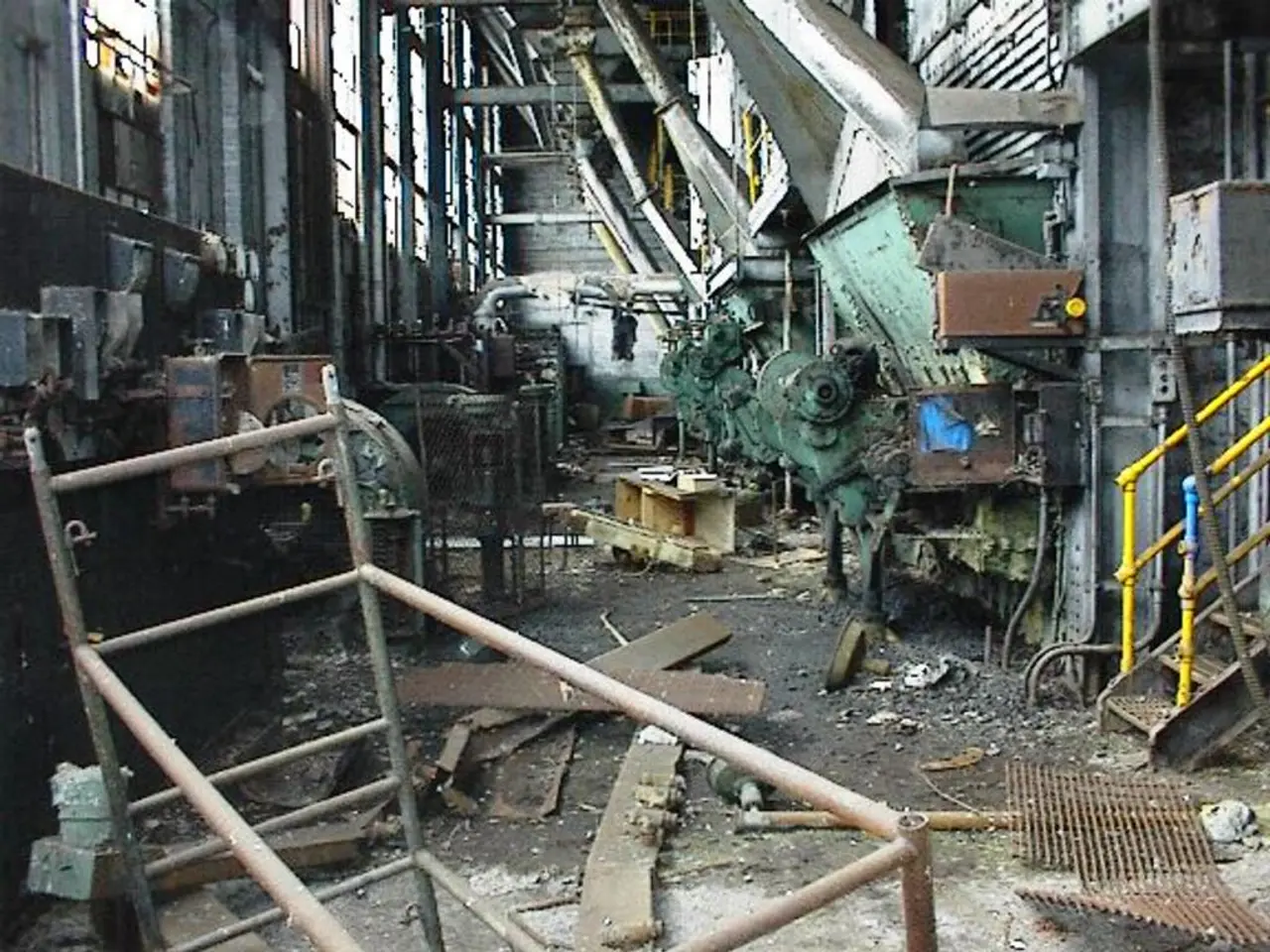Establishing a Baling Process: A Comprehensive Guide
In the world of modern recycling, having a well-equipped baling operation is essential. This process, which involves squeezing recycled materials into compact cubes using baler wire, is a crucial step in making recycling efficient, space-saving, and manageable.
When it comes to balers, there are various types to consider, each with its own unique applications. Vertical balers, horizontal balers, and closed-door balers are designed for different material types. The choice of baler type should be based on the materials being baled, as different materials require different types of balers for maximum efficiency.
One of the key considerations for installing a baling machine into a recycling line is the bale size. Bale dimensions should be tailored to your facility’s storage limits, transportation capabilities, and downstream handling equipment. The optimal size of bales for a recycling operation needs to be decided, with one ton bales being the industry standard but not necessarily appropriate for every operation.
Another important factor is the type of wire used in baling. Using high-quality bale wire is crucial. Cheap or inconsistent wire leads to bale failure, causing spills, increased labor for reprocessing, operational delays, and hidden costs. Investing in dependable bale wire reduces bale breakage and keeps the recycling line running smoothly.
The flow of materials is a primary logistical concern in a baling operation. A well-designed flow ensures continuous feeding and compaction without bottlenecks. The system should accommodate material characteristics (e.g., paper, cardboard, plastics) and volume—horizontal balers, for example, suit large-scale production with automated feed and packaging options. Integration with upstream sorting (e.g., optical sorters) improves material quality and bale consistency.
The ram type, whether single or dual-cylinder hydraulic systems, determines the compaction power and machine durability. Hydraulic transmission with two cylinders is common in durable and powerful designs, capable of adjustable pressure and bale size control based on material properties.
Additional important factors include maintenance and troubleshooting. Establish preventive maintenance plans focusing on hydraulic systems and safety locks to avoid downtime. Remote troubleshooting methods help quickly resolve common issues like hydraulic leaks.
Modern balers can also feature automated bale output and remote controls for operational convenience and space efficiency.
In summary, the key is to match baler specifications—bale size, wire quality, ram power, and material flow design—to your recycling stream and operational needs to maximize efficiency, reduce labor, and maintain bale integrity. Research is necessary to determine the appropriate baler type for a specific operation, and it is important to consider the specific materials that an operation needs to bale before contracting a baling company. By making informed decisions, recycling plants can streamline their processes, improve their output, and contribute more effectively to the circular economy.
- In the realm of finance, investing in dependable bale wire is not just a cost, but an investment that reduces bale breakage and enhances the efficiency of the recycling line.
- For the manufacturing industry, the logistics of a well-designed material flow in a baling operation ensures continuous feeding, compaction, and an integrated upstream sorting system, particularly when dealing with various materials like paper, cardboard, or plastics.




